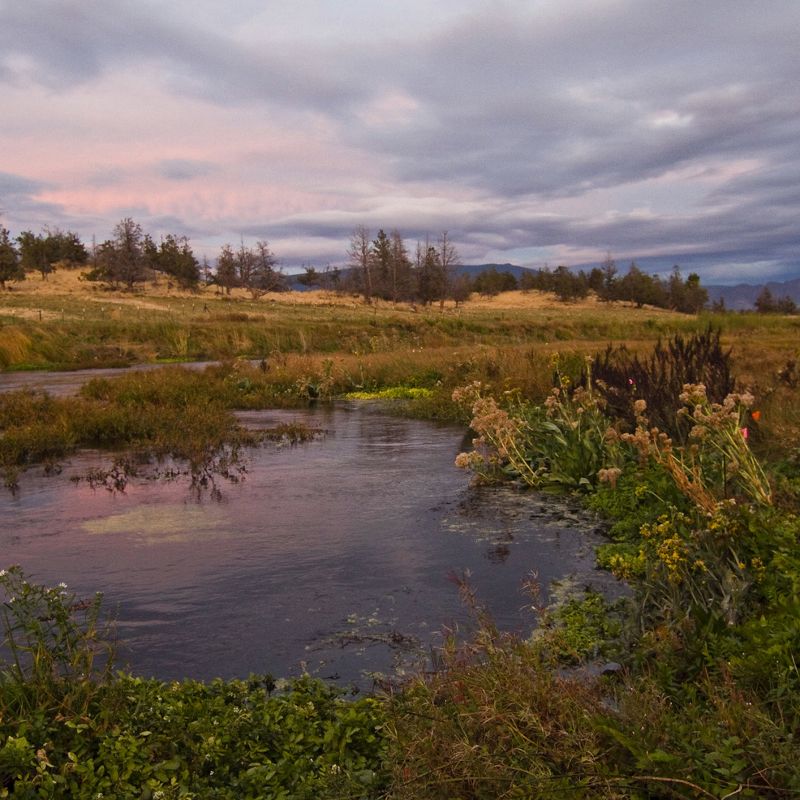
Springs and seeps occur where groundwater discharges to the surface. Seeps are wet areas, whereas springs have flowing water. Springs with substantial flow can serve as the headwaters for streams and rivers, directly sending groundwater downstream. Groundwater from springs and seeps can be colder than surface water, providing important or unique habitat conditions, such as the spawning habitat for salmon. In other places, springs and seeps can be warm or hot because the groundwater is heated under the Earth’s surface.
Smaller springs and seeps, especially in arid areas, may support a biological oasis. For example, in desert areas, springs and seeps and their riparian areas provide islands of habitat for migratory birds. Although flows from springs and seeps in these areas are often limited, they may support endangered, rare or endemic species of mammals, plants, mollusks, fish, and insects that have no other source of water and sometimes no other habitat. Some of the most important springs are found in deserts and serve as the only watering hole for hundreds or thousands of miles. These springs are important stopover points for wildlife on the move.